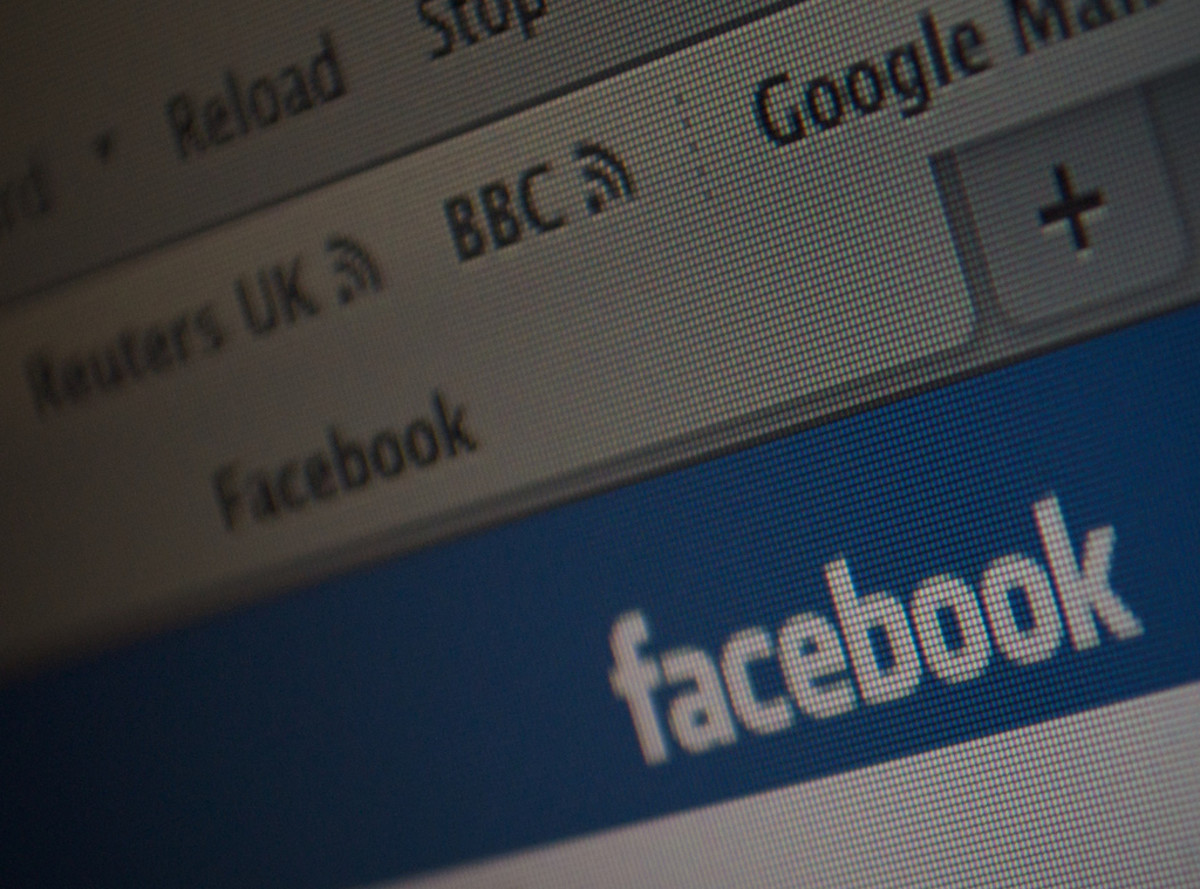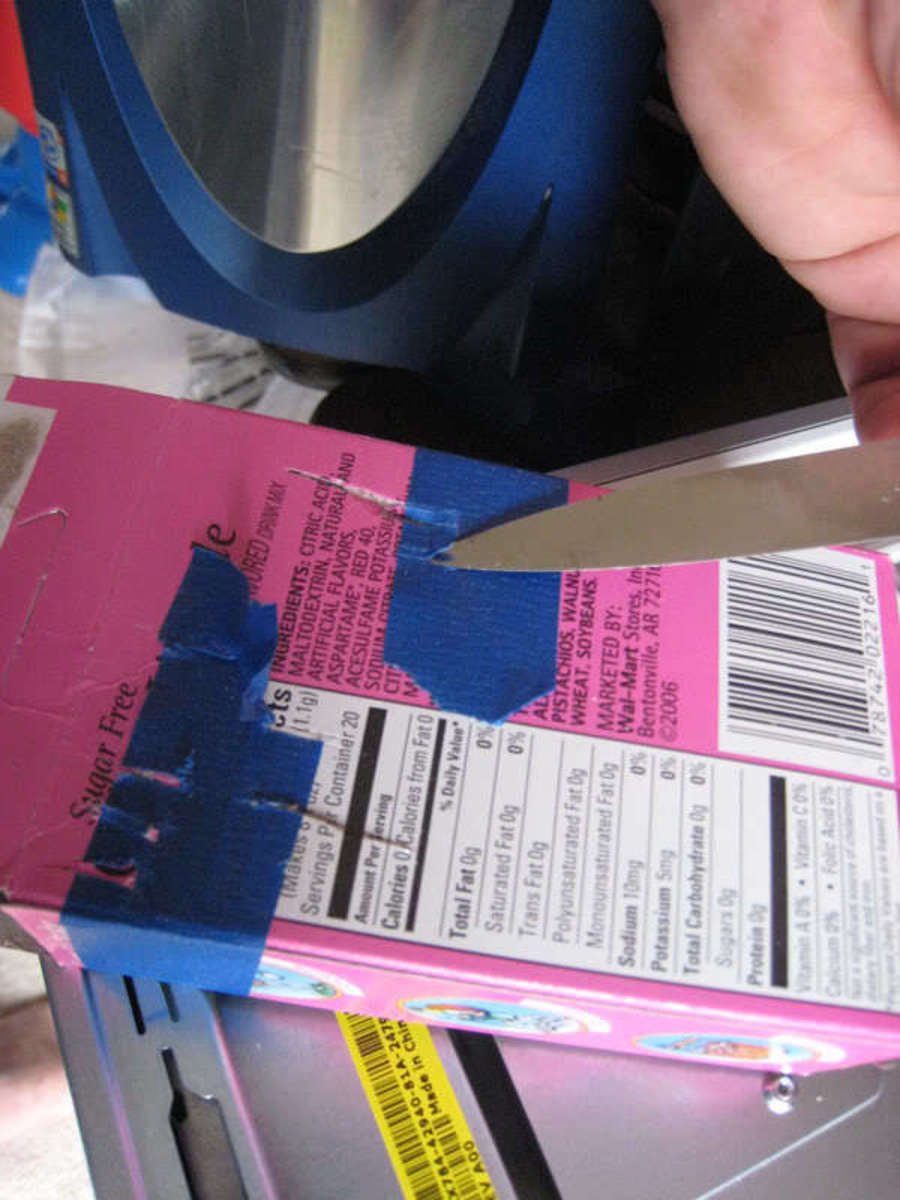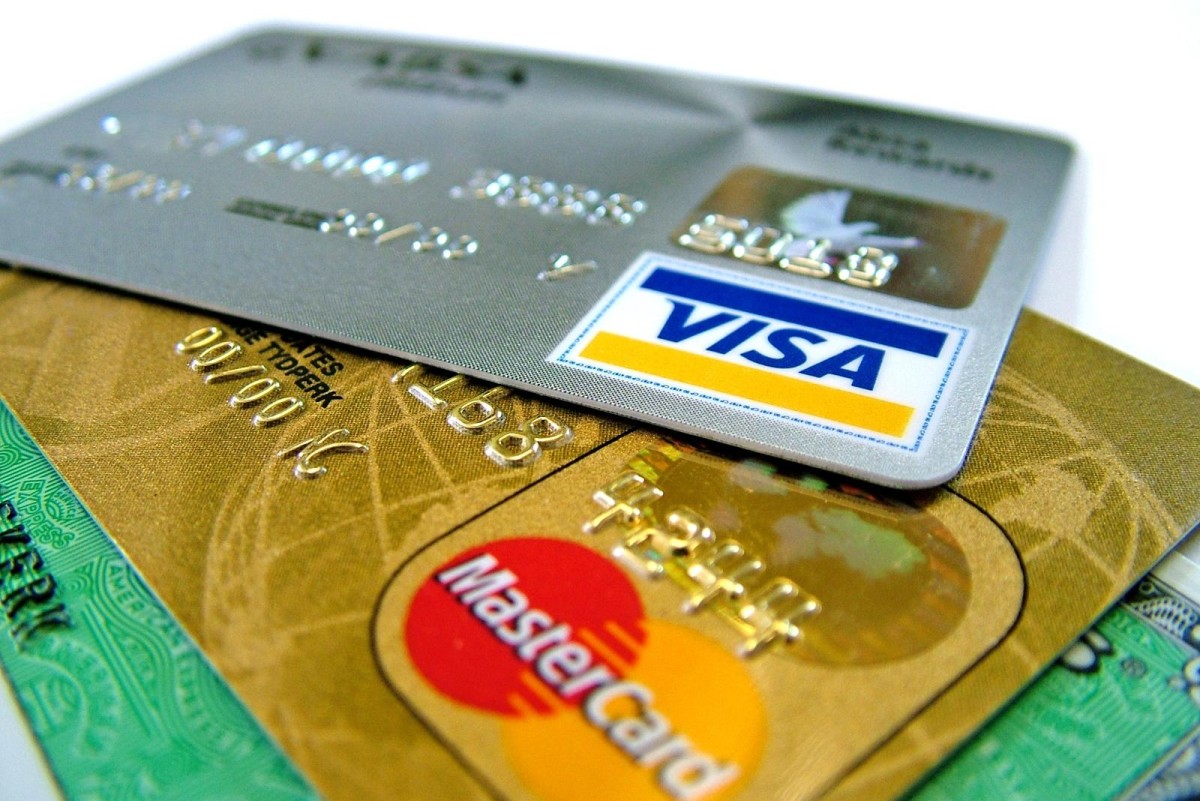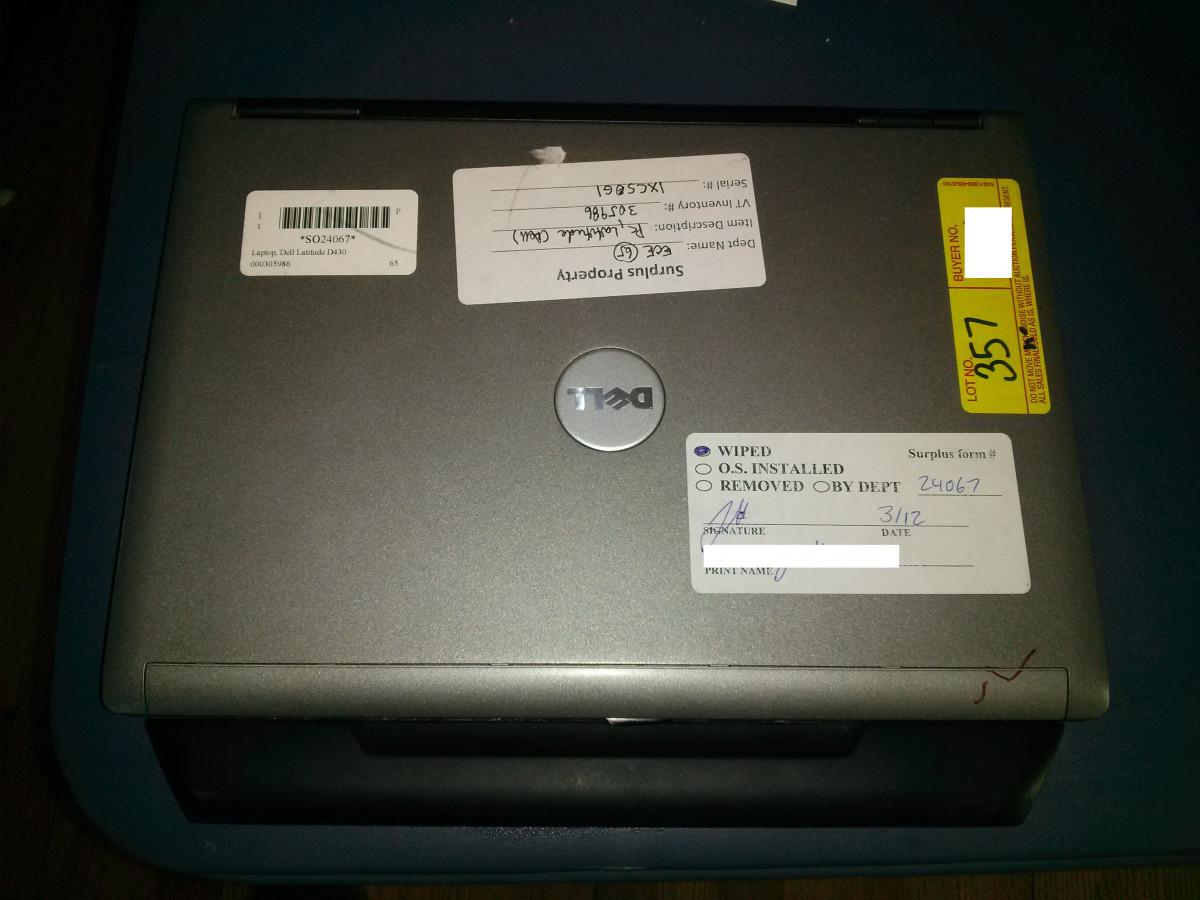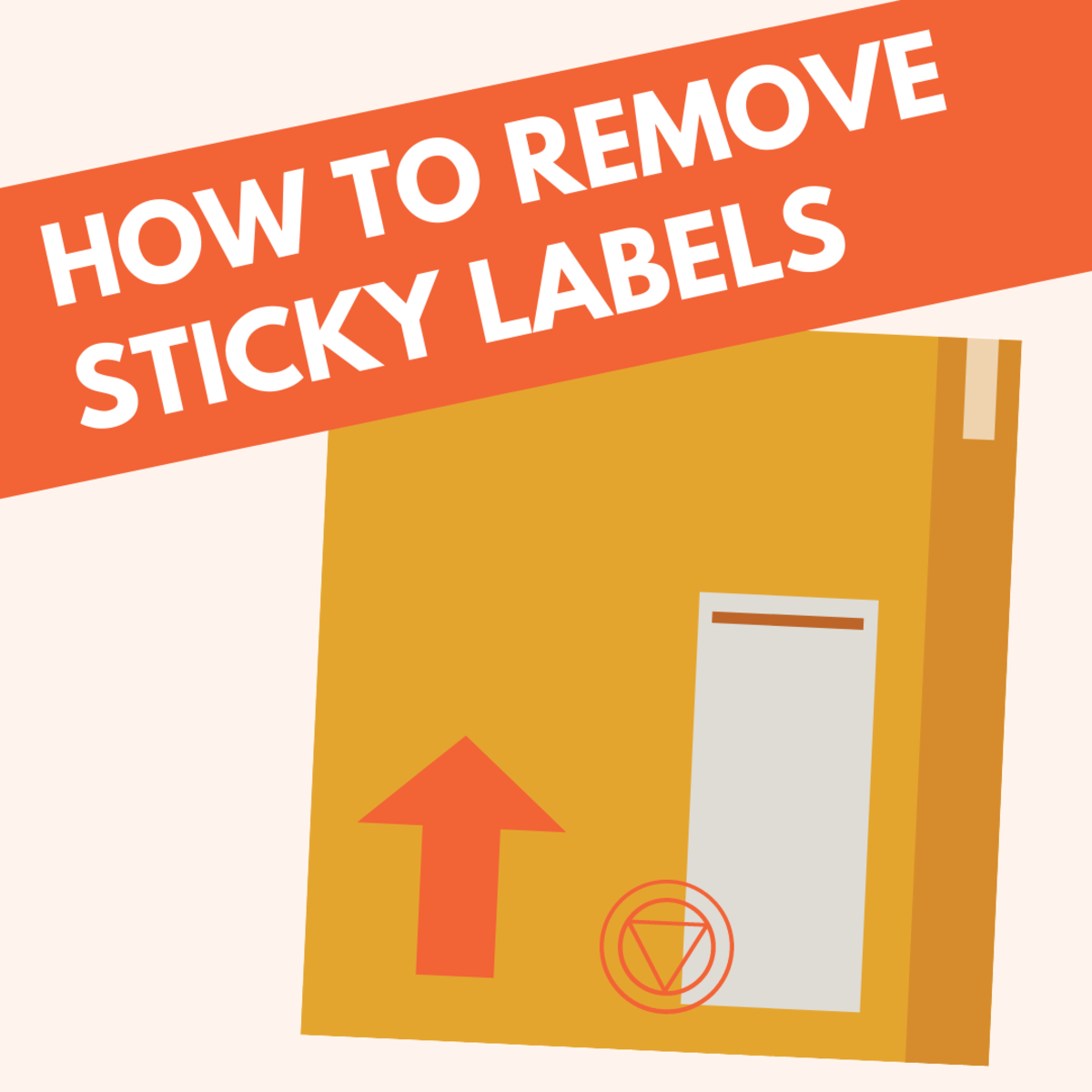How to remove a keylogger on your computer and remove hackers
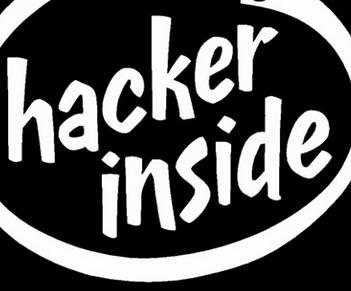
Do you change your passwords every 3 months?
So you think you have a keylogger installed on your computer
You will know if you have a keylogger installed on your system if you change the password to whatever got hacked and then you go to log in later and it is changed again. You can make a password as complex as this example: 7Aa90@zU23&. If you check it later and it is changed, you know that you have a pesky keylogger installed on your system.
This can be dangerous as the hacker can see whatever you type on whatever website. They can even take screenshots of your desktop if their program is good enough. So if you do online banking, use a credit card online, use PayPal, or just type to a loved one, they can see every key you hit. You can lose so much personal information, and even money by not taking heed to the signs of a keylogger. Most of the time, the hackers are after login information and credit card numbers.
If you find out that your system was infected with one of these, you need to contact your credit card immediately and get your card number changed with a new three digit security code. By the time you discover you are infected, they probably have everything they came for.
Once you remove the keylogger, you need to change every password on every online account you have. It is time consuming but extremely necessary. Read below for methods of getting rid of one.
Get rid of the threat
There are many steps you can take to get rid of a keylogger. You can run your virus scanner and try to get it to pick it up. Some great scanners I personally recommend you have on your system is Microsoft Security Essentials and MalwareBytes. These are currently some of the best out there for picking up stuff like this.
After you do a scan, you should get some hits of some unwanted programs on your system. Just follow the online prompts and delete or quarantine the threat or threats. Sometimes you may not get any hits. This can be if the file or program isn't in the databases of scanners. Make sure your scanners are up to date. If it still doesn't pick it up, then there are other methods to find and get ride of it.
If your scanners don't pick it up, try this. Open up your task manager and click on the processes tab. You should see a big list of open and running processes. You need to find one that has a suspicious name to it or something you don't recognize that shouldn't be running. You need to end the process from running but before you do that, you need to right click it and click "open file location". This will bring open the location that the file is running from. You need to delete every file that is associated with the keylogger program you found in your processes. After you do this, you need to type "regedit" (without quotes) into your "search programs and files" bar in your start button. Once you are in regedit, you need to navigate to HKEY_CURRENT_USER/software and find any suspicious registry entries that are not files that you installed. Remove the entry. **Note: Do not remove any registry entries unless you know for sure that they are a malicious registry entry**
Next you need to navigate to HKEY_LOCAL_MACHINE/software and again, find any suspicious entries and delete them. Again, don't delete anything unless you are sure that it is malicious in nature. After you are done deleting stuff, restart your PC.
Once restarted, run some scans. Open up your task manager again and see if the process is running still after deleting stuff. If nothing shows up, try to reset your passwords. Check later on and see if any are changed. If nothing changed after 24-48 hours, you should be in the clear. If you passwords have changed again, the keylogger is heavily embedded in your system and will take a very long time to find and get rid of. At this point, you are probably better off reformatting your HDD with a fresh windows install. After you reinstall windows and all your drivers, you should be good to go. Use this as a last resort though as you will lose anything you don't backup, like pictures and music, and any other important documents. I suggest keeping an external HDD handy for backing up stuff.
I hope this helped you get rid of a keylogger that is on your system. After it is gone, try to practice safer browsing habits and scan everything you download. Only download from reputable sources and be cautious of torrent downloads. Run Microsoft Security Essentials and MalwareBytes and scan on a regular basis. Also, a bomb program you should try is Keyscrambler. This program will encrypt anything you type so even if you contract a keylogger again, the hacker can't see what you are really typing. It really messes with them.
Thanks for reading!


